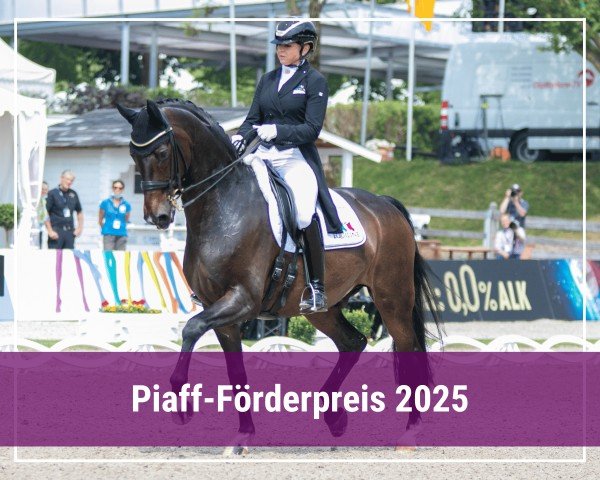rimondo Performance Index
How good is your horse?
With the rimondo Performance Index you can evaluate your horse's performance at a glance and compare it with other horses.

Discover the rimondo Performance Index (RPI), our newest feature to make the performance level of your horse directly comparable. The rimondo Performance Index (RPI) is the first dynamic rating system that is constantly updated and therefore instantly includes your horse's latest successes in the rating. At the same time, the RPI puts your horse's performance in relation to other horses to give you an objective evaluation on how well your horse is performing.
Dynamic and up-to-date
- The RPI benefits from a 365-day rolling window that automatically excludes older results to keep the score up to date.
- It is calculated on a discipline-specific basis for show jumping and dressage to provide a comprehensive and fair assessment of your horse's versatile talents.
- By putting your horse's performance in relation to other horses, the RPI guarantees a realistic and competitive evaluation of your horse's success.
How the calculation works
Collection of results:
We collate all your horse's test results within the last 365 days for each discipline.
Logarithmic adjustment:
The sum of the results is logarithmised. This means that small improvements at the beginning make a bigger difference, while the higher the RPI rises, the more difficult it becomes. For example, just a few points could improve your horse's RPI from 30 to 31, while it could take thousands of points to improve from 98 to 99.
Grading on the scale:
The top horse sets the bar with an RPI of 100, a horse with no points starts at 30, and all others are positioned according to their performance on this scale.
Join us on this exciting journey
Your opinion about the rimondo Performance Index is important to us. The RPI is designed to help you to realistically evaluate your horse's current level of performance. Do you have any questions or need more information? Please get in touch with us.
Calculation of the rimondo Performance Index (RPI) using examples
Example 1: The show jumper Porsche 18
Initial situation:
Porsche 18 is a dedicated show jumper who has competed a total of 50 shows at novice, elementary and medium level in one year. With a solid rate of placings, Porsche 18 has achieved a rimondo Performance Score of 1.465.
Calculation of the RPI:
We put Porsche's performance in relation to the best show jumper of the last 365 days, Donatello D'Auge, who achieved an RPS of 588.562. The formula for the RPI calculation is as follows:
Logarithmic scaling of the RPS: To make the performances comparable, we use the natural logarithms of the rimondo Performance Score.
- Porsche 18: ln(1,465) ≈ 7.3
- Donatello D'Auge: ln(588,562) ≈ 13.3
Calculation and scaling to the range from 30 to 100: Using the formula RPI = (7.3/13.3) × (100-30) + 30 ≈ 68, we obtain the RPI for Porsche 18.
Conclusion:
The result shows that Porsche 18, with an RPI of 68, performs impressively compared to the leader and other competitors.
Example 2: The dressage horse DSP Quantaz
Initial situation:
In dressage, DSP Quantaz put in an exceptional performance with a rimondo Performance Score (RPS) of 166.891, leaving his competitors far behind.
Calculation of the RPI:
TSF Dalera BB, the best dressage horse of the last 365 days, sets the bar with 240,320 RPS points. We use the same method to determine the RPI for DSP Quantaz:
Logarithmic scaling of the RPS: We calculate the natural logarithms of the rimondo Performance Score to fairly reflect the differences in performance.
- DSP Quantaz: ln(166.891) ≈ 12.0
- TSF Dalera BB: ln(240,320) ≈ 12.4
Calculation and scaling to the range from 30 to 100: We calculate the RPI = (12.0/12.4) × (100-30) + 30 ≈ 98.
DSP Quantaz almost reaches the top with an RPI of around 98. A clear sign of his outstanding performance and talent in dressage.
Conclusion:
These examples underline how the rimondo Performance Index allows us to compare the performance of horses across different test levels and disciplines, so that riders and equestrians can quickly see where their horses stand in relation to the competition.


